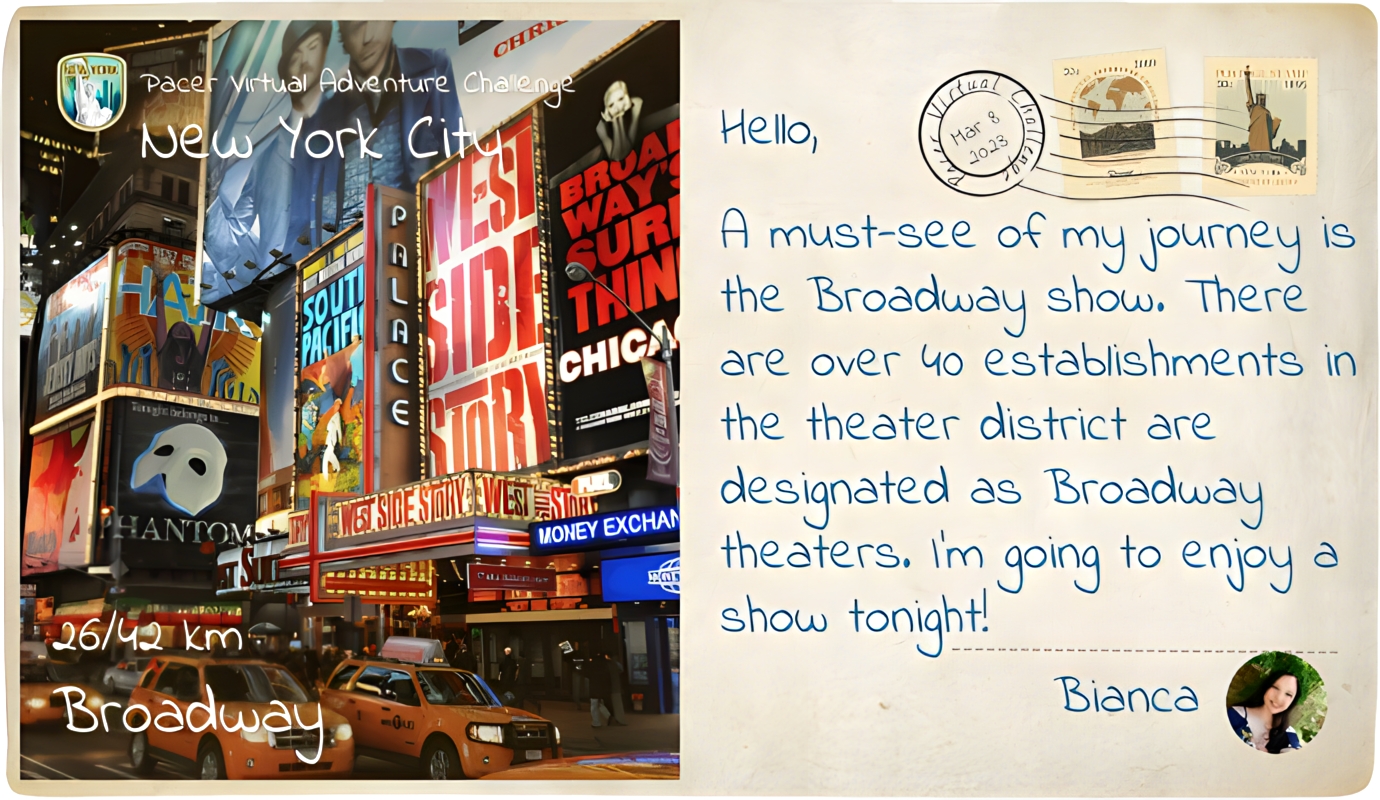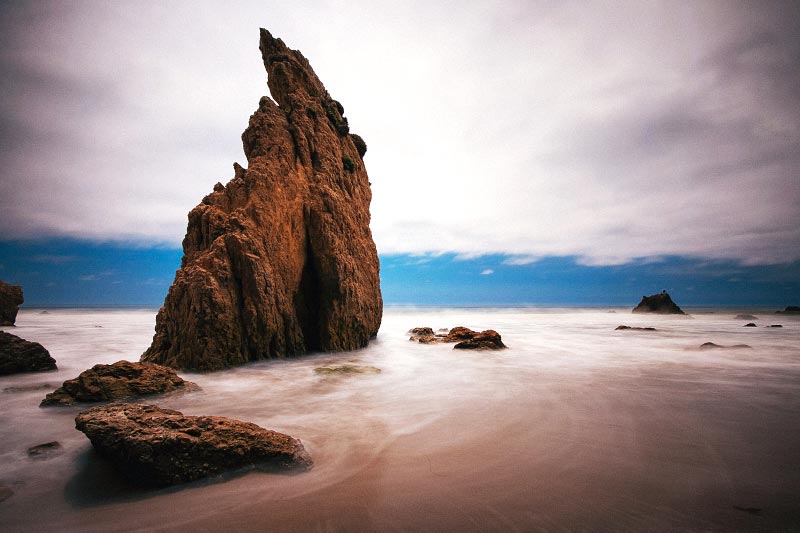New York: Broadway

Although the theaters that comprise Broadway are located in New York City, and are often recognized to be in Manhattan, there is a common misconception that all of them are situated on the street known as Broadway. In reality, there are over 40 establishments designated as Broadway theaters in the theater district, but only a few possess Broadway addresses, and several theaters with Broadway addresses are considered off-Broadway.
Broadway originated in the mid-1700s with the formation of a theater company on Nassau Street that performed operas and Shakespearian plays for audiences up to 280 patrons. Although the Revolutionary War briefly halted New York theater performances, the art returned in full force after the war with the construction of the Park Theater, which could seat up to 2,000 patrons, in 1798. By the middle of the following century, more theaters had emerged, and musical performances had taken over the popularity of Shakespeare.
Vaudeville, a popular theater form involving song, dance, comedy, and burlesque, also made its way to Broadway in the late 1800s, around the time that real estate prices dropped, enticing theaters to purchase space on Broadway. This led to the creation of an expansive district stretching from Madison Square to Union Square, and the name Broadway theater came to be.
Today, Broadway itself extends from Inwood to Bowling Green, but only a portion of this boulevard is part of the theater district. The famous entertainment section is called the Great White Way, and it is located between 42nd and 53rd streets. In the 1890s, this section of Broadway was one of the first roadways to be lit with electric lights, leading to the nickname found in the Feb. 3, 1902, edition of the New York Telegram, “Found on the Great White Way.”
The Great Depression was a difficult time in Broadway’s history, with audiences considerably decreasing as the economy faltered, causing an estimated 75% of Broadway performers and producers to move to Hollywood. Many Broadway theaters were also renovated into movie theaters as the success of talking pictures grew.
After the Great Depression, interest in Broadway was reignited, with Rodger and Hammerstein’s Oklahoma! in 1943 marking the start of the “golden age” of Broadway, which lasted through the 1960s. During this time, Rodgers and Hammerstein musicals were at the forefront of Broadway’s success, featuring dance routines, catchy tunes, and boy-meets-girl plots.
Today, Broadway is a billion-dollar industry, with the 2017-18 season, lasting 53 weeks, being the highest-grossing season in Broadway’s history, netting $1,697,458,795, and a total show attendance of 13,792,614. These figures exclude off-Broadway and off-off-Broadway productions, which also saw healthy figures. The difference between Broadway and off-Broadway shows is the size of the theater, with Broadway theaters classified as having 500 or more seats, while off-Broadway theaters have 100 to 499 seats, and off-off-Broadway theaters typically have 99 seats or less.
Want to join this challenge? Click here.
More from the New York Challenge:







Keep In Touch